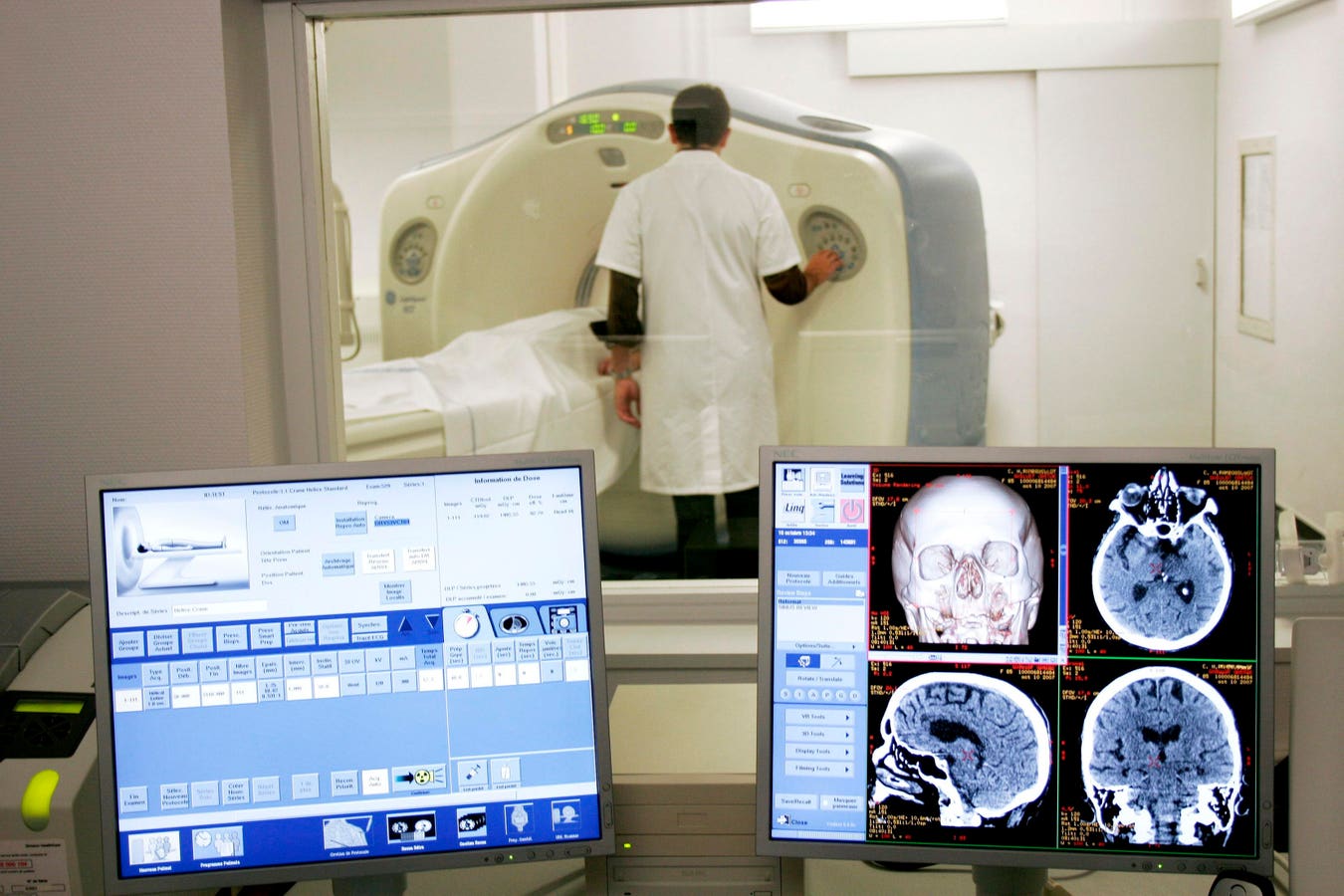Regardless of the political stripes people wear, most Americans can agree on one thing about the healthcare system: it’s broken. Regardless of your insurance, healthcare costs are through the roof, it’s hard to get an appointment with the doctors you need, and we are among the worst performers in healthcare outcomes in developed countries despite outspending almost every other country. Even compared to lower-income countries, we don’t measure up well. Our life expectancy is 76 years in the United States compared to 79 years in Cuba, and our infant mortality rate is more than three times that of Slovenia (5.1 deaths per 1,000 births compared to 1.5).
Why—despite spending $4.5 trillion, or 17% of our GDP on healthcare—are we still failing to achieve better outcomes, and how are our continued investments not yielding a higher return?
Let’s take one specific type of healthcare service that improves outcomes for patients with stroke: stroke center certification. About two decades ago, stroke center certification processes were introduced in the United States. A hospital could become “stroke center certified” if they proved they could provide specialized stroke services, including immediate brain imaging, neurologists, specific stroke medications, and even the most advanced technologies to remove blood clots in the brain to restore flow. Studies showed that hospitalization at a certified stroke center was associated with a decreased risk of death. The hope was that as hospitals continued to develop their capabilities to provide specialized stroke care, more patients would get access to the care that they need, thereby decreasing preventable morbidity and mortality.
The problem is, however, that this didn’t happen in the way people had hoped. Some hospitals quickly pulled together resources and became certified; others didn’t. The pattern that emerged was unfortunate, although not altogether unpredictable. Hospitals in the poorest areas and those with low-profit margins were about half as likely to become certified compared with hospitals in less socioeconomically deprived communities and with higher profit margins.
Why did this happen? The general model of technology diffusion in American healthcare is to depend on the market to distribute these improvements. Hospitals are essentially competing for “business” with each other, and one of the ways they can attract patients is by offering more comprehensive services, such as stroke capabilities. Stroke center certification can be a costly endeavor, with the annual certification fee alone ranging from approximately $2,000 to $4,000 for basic certifications to nearly $20,000 for the most advanced level of certification. Hospitals located in wealthier communities have the resources and incentives to continue upgrading their facilities and services while hospitals serving poorer communities are less able and less incentivized to do so.
And yet, paradoxically, that’s precisely where we need these certified hospitals. There’s a financial case to be made for this since opening specialized services in higher-need areas leads to a greater “return on investment.” My research team and I published a study today analyzing 2.9 million patients with stroke. Among patients in communities without preexisting access to a stroke center, stroke center expansion increased the use of clot-busting drugs by 13% and decreased death rates by 2%. In contrast, patients in communities with preexisting stroke center access did not experience these same benefits. That means there are many places where investing in additional healthcare services would have a high yield in terms of health outcomes. However, most privately owned systems—which comprise about 80% of our hospitals—simply ignore those areas and instead focus on providing redundant services to patients who already have them.
This is not rocket science in any way. Indeed, providing services in areas where they already exist will have less “bang for your buck” than when you open a stroke center in an underserved area. The problem, however, is that our healthcare system lacks the incentive to expand and deliver essential services in the communities that need them most.
Some may argue that private hospitals can invest as they please, but healthcare isn’t that simple. Public dollars, through Medicare and Medicaid, keep these hospitals afloat, and these inefficiencies are costing us our lives. Regardless of party lines, it’s time for our policymakers to redesign our healthcare system, funneling our public dollars into investments that yield the highest returns for our health.
Read the full article here





